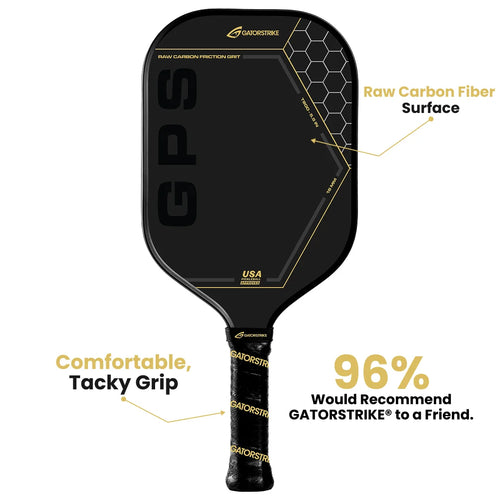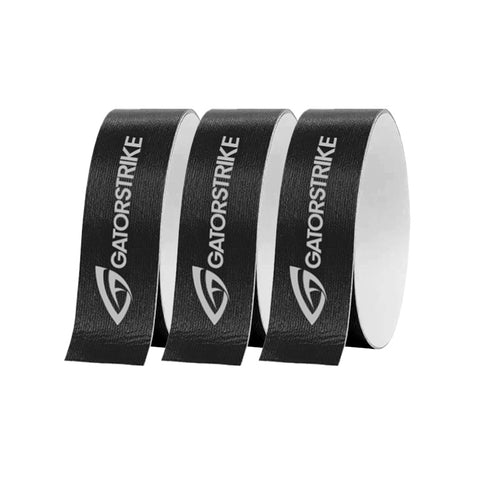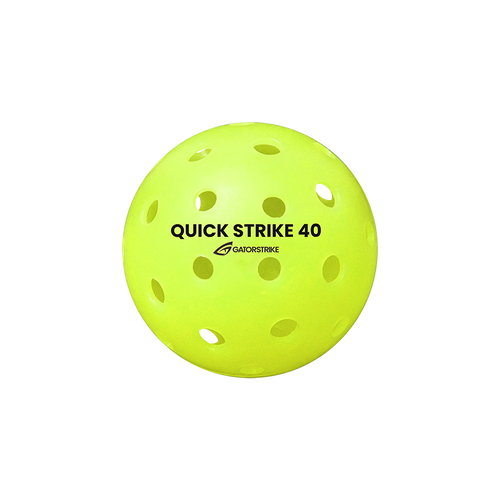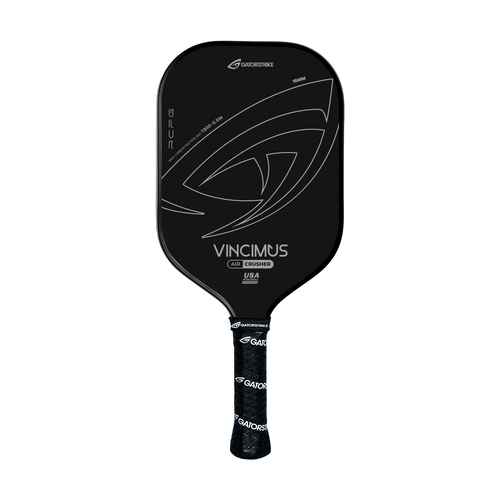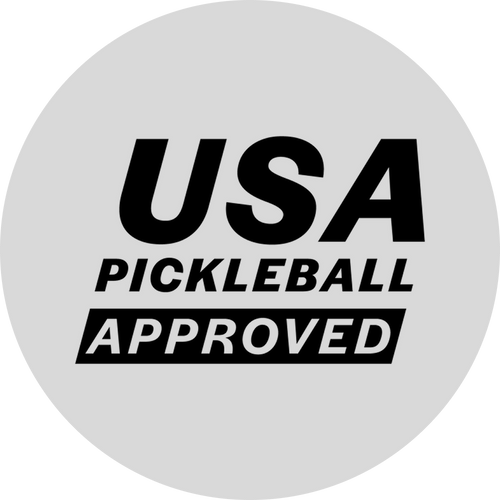
Mixed Doubles Dynamics: Communication and Chemistry on the Court
Share
In the world of pickleball, mixed doubles isn’t just about who has the hardest serve or softest dink—it’s a game of harmony, strategic synergy, and nuanced communication. When male and female players unite on the court, it creates a beautiful blend of styles, strengths, and tactics. But make no mistake—success in mixed doubles isn’t automatic. It requires intention, mutual trust, and a shared rhythm that turns two players into one fluid force.
This article explores the often-overlooked intricacies of mixed doubles play, unpacking the roles, responsibilities, and relationship-building that lead to on-court alchemy.
1. The Alchemy of Chemistry: Why It Matters More Than Skill
Skill can get you far. Chemistry takes you further.
In mixed doubles, chemistry is not just emotional rapport—it’s strategic cohesion. When partners anticipate each other's decisions, cover court seamlessly, and move in unison, it creates a dynamic that can outmaneuver even the most technically gifted opponents.
Look for these hallmarks of strong on-court chemistry:
- Mutual encouragement after every point—win or lose.
- Non-verbal cues like eye contact or paddle taps to stay connected.
- Trusting your partner to take their shots without hesitation or micromanagement.
Pro insight: Chemistry isn't luck—it's built through reps, candid conversation, and lots of practice.
2. Defining Roles Without Falling into Stereotypes
Mixed doubles often falls prey to outdated assumptions—like the idea that the male player should dominate the court. Modern mixed doubles is about leveraging complementary skill sets, not defaulting to clichés.
- If she has a killer forehand drive, let her initiate offense from the baseline.
- If he has a deft touch at the net, make him the master of the kitchen line.
The key is to play to strengths, not roles. Talk about it before the match. Who’s stronger on lobs? Who’s faster on the poach? Clarity brings confidence.
Golden rule: Let your roles be fluid, not fixed.
3. Communication: The Unsung Hero of Rally Mastery
Verbal and non-verbal communication is what separates awkward pairings from elite partnerships.
Communication best practices:
- Call every ball—"Mine!", "Yours!", or "Switch!"—even in obvious situations.
- Use short, snappy phrases: "Watch lob!", "Middle!", "Back off!"
- Don’t wait to talk about errors. Use timeouts or side changes to recalibrate with respect.
Non-verbal tips:
- Use hand signals behind the back on serve to indicate strategy.
- Tap paddles between points to reset energy and boost morale.
Remember, silence breeds confusion. Overcommunicate until it becomes instinctual.
4. Covering the Court: Movement in Harmony
Mixed doubles requires a synchronized dance—especially when the pace quickens.
- Stacking strategies can give the stronger forehand more coverage. Try it if one partner consistently initiates attacks better from one side.
- Maintain a tight formation at the kitchen line—no drifting or gapping.
- After a lob or drop, retreat or advance together. Separation is an invitation to be attacked.
Practicing shadow drills—where you mirror each other’s movement across the court—can build subconscious alignment over time.
5. Navigating Pressure Points and Momentum Swings
Mixed doubles, like any partnership, comes with emotional highs and lows.
Common pitfalls:
- One partner goes cold, and the other overcompensates.
- Frustration bubbles and leaks into poor shot selection.
- A string of points lost creates visible tension.
The fix? Emotional intelligence and perspective. Celebrate small wins, acknowledge mistakes without blame, and always have a reset phrase like:
"Next point is ours."
"Let’s tighten up the middle."
"We're still in rhythm."
This verbal anchoring helps steer the team back to center.
6. Advanced Mixed Doubles Strategies to Explore
Want to level up beyond the basics? Try these tactics:
- Targeted Poaching: Time your movement across the center line when you sense a weak cross-court return. This requires partner trust.
- Unpredictable Serves: Mix speeds and placements to keep your opponents guessing.
- Forehand Domination: Position the stronger forehand in the middle. This creates more offensive firepower and confidence.
But the secret sauce? Still teamwork. Without it, strategy collapses.
Conclusion: The Power of Partnership
Mixed doubles pickleball is a celebration of collaboration—a space where power meets finesse, intuition meets instruction, and chemistry meets communication. When two individuals commit to moving, thinking, and playing as one, the magic happens. Balls are covered. Points are stolen. Matches are won.
So whether you're just starting your mixed doubles journey or looking to fine-tune an already polished duo, remember: Your greatest weapon is not your paddle. It’s your partnership.
